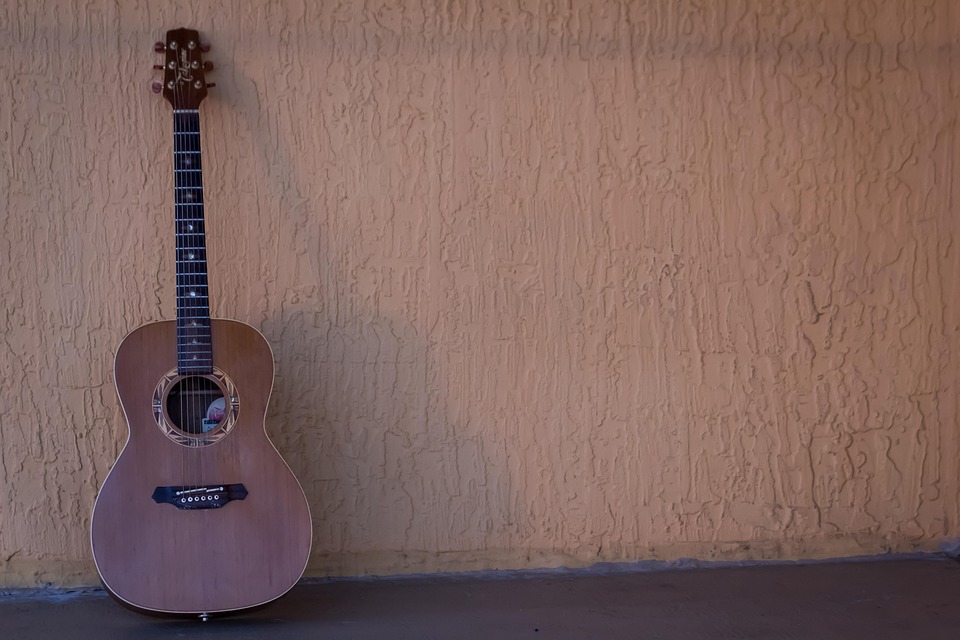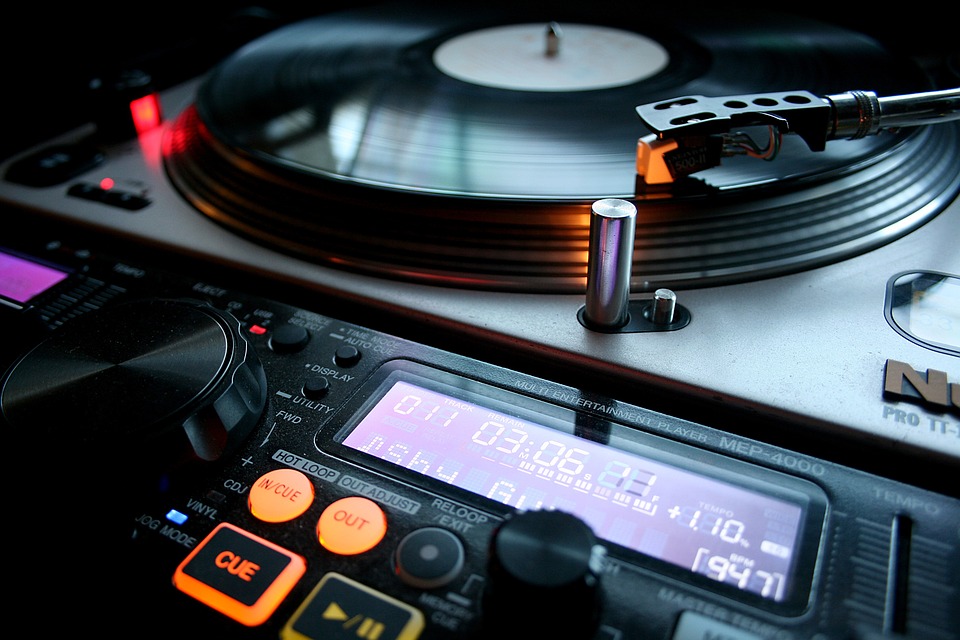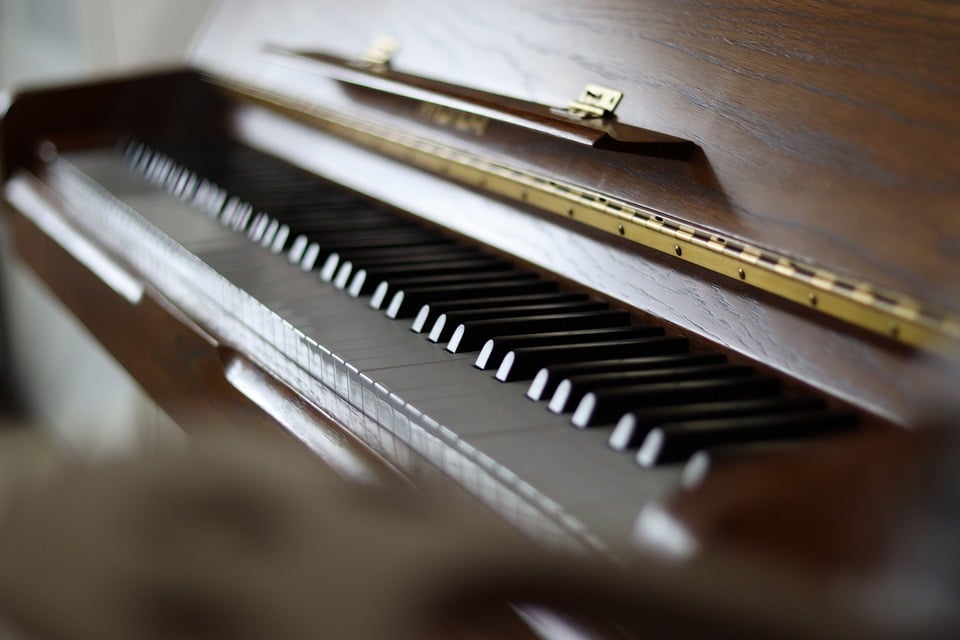In the world of live sound, choosing the right equipment is crucial for achieving the best audio quality. A powered mixer paired with powered speakers offers numerous advantages for musicians, DJs, and event organizers. This article delves into the benefits of using these devices together, enhancing your sound experience.
What is a Powered Mixer?
A powered mixer is a versatile audio device that combines a mixing console and an amplifier into one unit. This means that it can adjust audio levels from multiple sources, such as microphones and instruments, and amplify the sound to drive speakers. The compact design of powered mixers makes them particularly appealing for gigs, events, and small venues where space is limited.
Powered mixers often come with built-in effects and equalization options, allowing users to tailor their sound. This eliminates the need for separate amplifiers and mixers, simplifying setup and reducing the amount of equipment needed for a performance.
Understanding Powered Speakers
Powered speakers, also known as active speakers, have an integrated amplifier within the speaker cabinet. This design allows them to receive audio signals directly from a mixer or audio source without requiring an external amplifier. Powered speakers are particularly popular for live performances, as they are easy to set up and provide consistent sound quality.
With built-in amplifiers, powered speakers can deliver higher volume levels without distortion, making them suitable for larger venues. They often come with features like EQ controls and multiple input options, enhancing their versatility for various audio applications.
Simplified Setup
One of the primary benefits of using a powered mixer with powered speakers is the simplified setup process. With both devices being powered, users can connect them directly with minimal cabling. This reduces the time spent on setup, allowing performers to focus on their music rather than technical details.
Moreover, the all-in-one nature of the powered mixer means fewer components to manage. This is particularly advantageous for solo artists and small bands who may not have a dedicated sound engineer. A straightforward setup encourages more spontaneous performances and reduces the likelihood of technical issues arising from complex connections.
Portability
For musicians and DJs who frequently travel for gigs, portability is a significant factor to consider. Both powered mixers and powered speakers are designed to be lightweight and compact. This makes them easy to transport, whether you’re loading them into a car or carrying them into a venue.
The combination of these two devices allows for an efficient use of space. Since powered mixers eliminate the need for a separate amplifier, you can fit more equipment into your vehicle without sacrificing sound quality. This portability is ideal for mobile entertainers who need reliable gear that travels well.
Cost-Effectiveness
Investing in a powered mixer and powered speakers can be more cost-effective than purchasing separate components. By combining the mixer and amplifier into one unit, powered mixers often come at a lower price point than buying a standalone mixer and amplifier separately.
Additionally, powered speakers eliminate the need for external amplifiers, which can further reduce overall costs. For budget-conscious musicians and event organizers, this combination provides an affordable solution without compromising audio quality.
Consistent Sound Quality
When using a powered mixer with powered speakers, the audio signal remains consistent throughout the signal chain. This is because both devices are designed to work together, ensuring optimal performance and sound quality. The built-in amplifier in powered speakers is specifically matched to the speaker’s specifications, allowing for a balanced and clear sound.
This consistency is crucial during live performances, where varying sound quality can detract from the audience’s experience. With a powered mixer and powered speakers, musicians can trust that their audio will remain stable, no matter the venue or conditions.
Built-in Effects and Processing
Many powered mixers come equipped with built-in effects such as reverb, delay, and compression. These features allow users to enhance their sound without needing additional equipment. By utilizing the effects available on the powered mixer, musicians can add depth and character to their performances.
Moreover, having these effects built into the mixer means that adjustments can be made on-the-fly, giving performers greater control over their sound. This flexibility is particularly useful in live settings where conditions can change rapidly, requiring quick adjustments to maintain audio quality.
Versatility for Various Applications
The combination of powered mixers and powered speakers is not limited to just music performances. This setup is versatile enough for various applications, including public speaking, presentations, and even outdoor events. The ease of use and portability makes it an attractive option for event planners and organizers.
Additionally, powered mixers often feature multiple input channels, allowing users to connect different audio sources simultaneously. This flexibility enables users to adapt to different situations, whether it’s a small gathering or a large concert.
Reduced Risk of Equipment Damage
Using a powered mixer with powered speakers can also reduce the risk of damage to your equipment. When using separate amplifiers and mixers, incorrect settings can lead to overdriving the speakers, resulting in damage. However, since powered mixers are designed to work with powered speakers, they often include built-in protections that prevent this from happening.
This feature is particularly beneficial for novice users who may not be familiar with the intricacies of audio equipment. With a powered mixer and powered speakers, the likelihood of damaging your gear due to improper settings is significantly minimized.
Improved Monitoring Capabilities
Monitoring sound during a performance is crucial for musicians to ensure they are delivering the best audio experience. Powered mixers often come with built-in monitoring options, allowing performers to hear themselves and their bandmates clearly. This is particularly important in live settings where sound can easily become muddied.
With the ability to adjust levels directly from the mixer, musicians can tailor their monitoring experience to suit their needs. This feature enhances communication among band members, leading to more cohesive performances.
Conclusion
Using a powered mixer with powered speakers offers numerous benefits for musicians, DJs, and event organizers. From simplified setups and portability to cost-effectiveness and consistent sound quality, this combination is ideal for a variety of audio applications. With built-in effects and monitoring capabilities, users can enhance their performances while minimizing the risk of equipment damage.
Whether you are a seasoned professional or just starting, investing in a powered mixer and powered speakers can significantly improve your sound experience. By choosing the right equipment, you can focus on what truly matters – delivering exceptional audio that resonates with your audience.
FAQs
1. Can I use a powered mixer with passive speakers?
While it is possible to use a powered mixer with passive speakers, it is not the ideal setup. Powered mixers are designed to work with powered speakers, which have built-in amplifiers. Using passive speakers requires an external amplifier, which can complicate the setup and reduce the benefits of a powered system.
2. What types of effects can I find in powered mixers?
Powered mixers often come with a variety of built-in effects, including reverb, delay, chorus, and compression. These effects can enhance your sound and add depth to your performances. The specific effects available will vary depending on the model of the powered mixer.
3. Are powered mixers suitable for large venues?
Powered mixers can be used in large venues, but the size and power of the mixer will determine its effectiveness. For larger venues, you may need to consider additional amplification or larger powered speakers to ensure adequate sound coverage. However, many powered mixers are designed to handle a range of venue sizes.
4. How do I choose the right powered mixer for my needs?
When selecting a powered mixer, consider factors such as the number of channels you need, the type of effects you want, and your budget. Also, think about the size and weight of the mixer for portability. Reading reviews and getting recommendations can help you find a model that suits your specific needs.
5. Can I connect multiple microphones to a powered mixer?
Yes, powered mixers typically have multiple input channels, allowing you to connect several microphones simultaneously. This feature is particularly useful for bands or groups performing together, as it enables all members to be heard clearly during performances.


